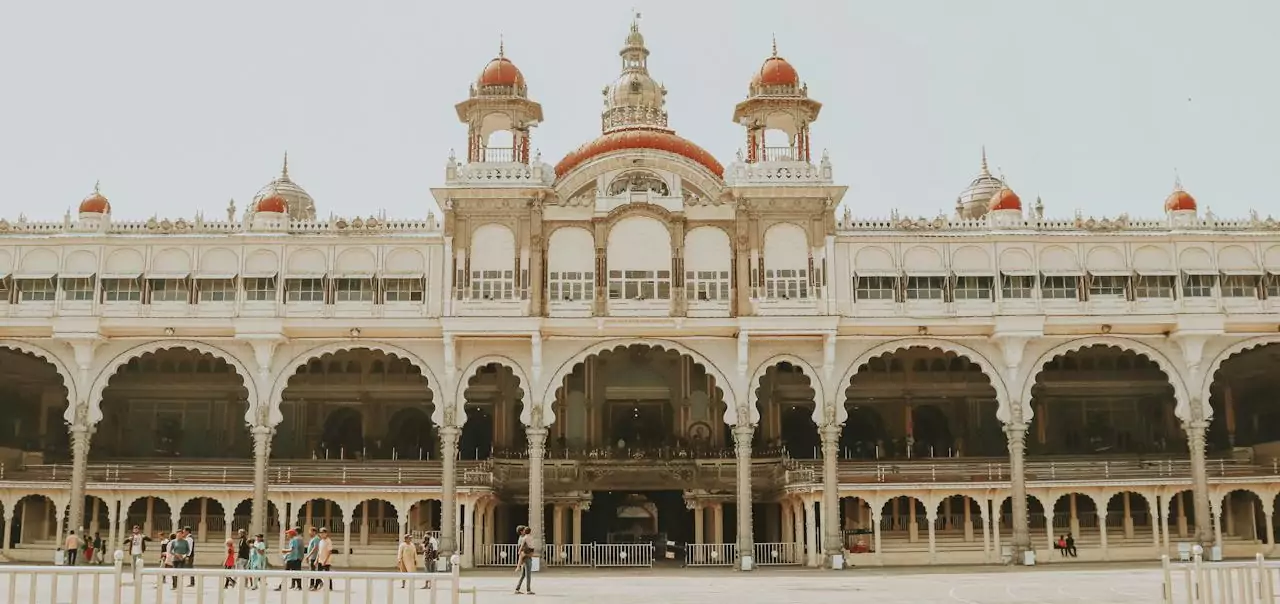The state of Karnataka is renowned for its abundant cultural diversity, encompassing a wide range of caste groups. Even though the Indian Constitution formally abolished the caste system, it continues to have a substantial impact on societal dynamics and structures all throughout the nation, including Karnataka.
| Lingayats | 20% |
| Vokkaligas | 17% |
| Brahmins | 5% |
| Dalits (Scheduled Castes) | 25% |
| Muslims | 15% |
| Christians | 3% |
| Others | 15% |
Lingayats
- One of the biggest communities in Karnataka is made up of Lingayats, who are mostly found in the northern regions of the state.
- They have a unique cultural identity and adhere to the ideas of social reformer Basava, who lived in the 12th century.
- Approximately 17–20% of the entire population as a percentage.
- Concentration: Mainly in northern Karnataka, but also heavily concentrated in cities.
- The Lingayats, sometimes called Veerashaivas, are devotees of Basava, a social reformer and philosopher who lived in the 12th century.
- They make up a sizable component of the population of Karnataka, particularly in the northern districts such as Belagavi, Bagalkot, and Bidar.
- Lingayats are recognized for their unique religious customs, which include donning Ishtalinga as a devotional sign.
Vokkaligas
- Another well-known group in Karnataka is the Vokkaligas, who are primarily concentrated in the southern regions of the state.
- They have a long history in agriculture and are renowned for having robust social networks.
- About 15–18% of the entire population, as a percentage.
- Concentration: Mostly in southern Karnataka, especially in the districts of Mysuru, Hassan, and Mandya.
- The Vokkaligas, often called Gowdas, are predominantly agricultural communities that have long engaged in farming and associated pursuits.
- They are particularly well-known in areas like Mandya, Mysuru, and Hassan in southern Karnataka.
- The Vokkaliga people make major contributions to the state’s agricultural economy through their unique cultural traditions and social organisations.
Brahmins
- In Karnataka, brahmins make up a sizable fraction of the populace, especially in cities and educational institutions.
- Traditionally, they have pursued academic and clerical endeavours.
- About three to five percent of the population as a whole.
- Concentration: Mostly in statewide educational institutions and metropolitan areas.
- Historically, the Brahmin group has been a powerful force in Karnataka’s intellectual and cultural realms.
- Their contributions to literature, philosophy, and education are well recognized.
- Although Brahmins are dispersed throughout Karnataka, they are primarily found in the state’s cities, where they can be found working in academics, government, and other fields requiring expertise.
Dalits (Scheduled Castes)
- Dalits, commonly referred to as Dalit Bahujans or Scheduled Castes (SCs), comprise a sizable portion of the population in Karnataka.
- They frequently experience marginalisation in all facets of life and have historically been the target of societal prejudice.
- Approximately 20–23% of the entire population, as a percentage.
- Distribution: Dispersed throughout the state, with sizable populations in both urban and rural regions.
- Dalits are members of a number of communities and sub-castes that have traditionally experienced social marginalisation and discrimination.
- They have sizable populations in both rural and urban Karnataka. They are dispersed throughout the state.
- Reservation rules in the fields of employment and education are part of the ongoing efforts to empower Dalits and integrate them into society.
Muslims
- Muslims represent a notable minority community in Karnataka, with significant populations in urban centres such as Bengaluru and Hubli.
- They have diverse cultural and occupational backgrounds.
- Percentage: Around 12-15% of the total population.
- Concentration: Particularly in urban centres like Bengaluru, Hubli-Dharwad, and Mangalore, as well as in coastal regions.
- Muslims in Karnataka have diverse cultural backgrounds, with communities such as Sunni, Shia, and others.
- They are present in significant numbers in urban centres like Bengaluru, Hubli-Dharwad, and Mangalore, as well as in coastal regions.
- Muslim communities in Karnataka engage in various professions, including trade, business, and artisanal activities.
Christians
- Karnataka’s Christian community has roots dating back to the arrival of European missionaries during the colonial period.
- Coastal districts such as Dakshina Kannada, Udupi, and Uttara Kannada have a notable Christian presence, along with urban areas.
- Christians contribute to the state’s education and healthcare sectors through schools, colleges, and hospitals run by church institutions.
- Christians constitute a minority community in Karnataka, primarily concentrated in coastal areas and some parts of the interior.
- They have contributed to the state’s education and healthcare sectors.
- Percentage: Approximately 2-3% of the total population.
- Concentration: Mainly in coastal districts such as Dakshina Kannada, Udupi, and Uttara Kannada, along with some presence in urban areas.
Others
- Apart from the aforementioned communities, Karnataka is also home to various other caste and religious groups, including Jains, Sikhs, and Buddhists, among others.
- These communities contribute to the state’s cultural tapestry and socio-economic fabric.
- Percentage: Collectively, other communities, including Jains, Sikhs, Buddhists, and various tribal groups, constitute around 10-12% of the total population.
- Karnataka is home to several other communities, including Jains, Sikhs, Buddhists, and various tribal groups.
- Jains, known for their mercantile pursuits and adherence to non-violence, have a significant presence in districts like Bengaluru Urban and Belagavi.
- Sikhs and Buddhists, although smaller in number, have cultural and religious institutions in Karnataka, contributing to the state’s religious diversity.
Data Sources:
The Government of India conducts decadal census exercises to gather demographic data for Karnataka broken down by caste. Furthermore, a range of socio-economic surveys and research offer valuable perspectives on the state’s demographic makeup.
Gaining an understanding of the social, cultural, and political landscape of Karnataka requires an understanding of the population dynamics along caste lines.
Even though caste still has an impact on many aspects of state life, initiatives for social inclusion and equality are being made in an effort to right historical wrongs and foster harmony amongst diverse populations.
